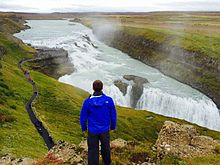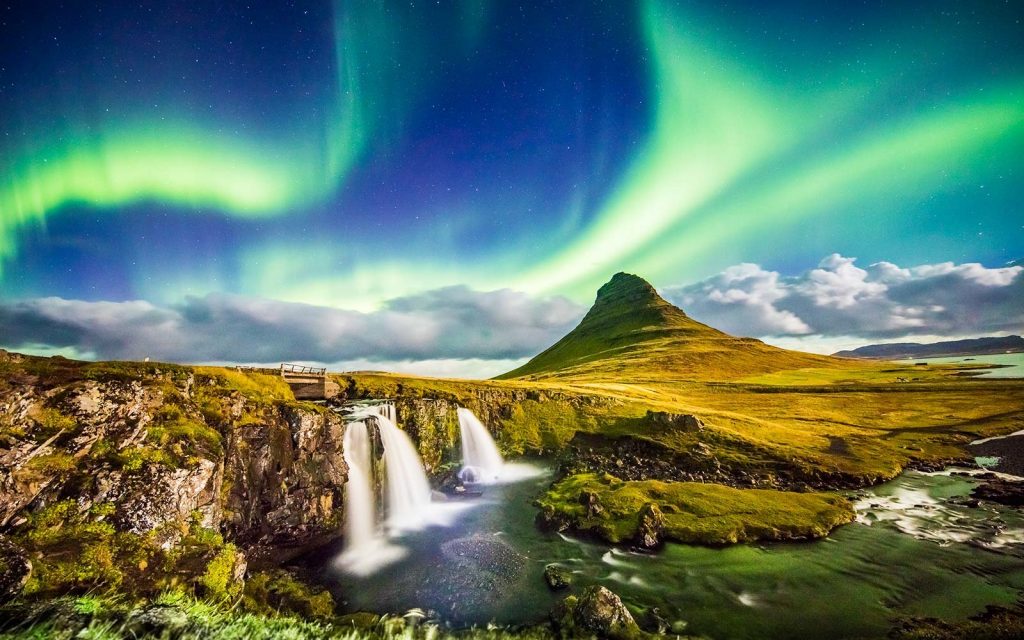
Iceland, a Nordic island nation, is defined by its dramatic landscape with volcanoes, geysers, hot springs and lava fields. Massive glaciers are protected in Vatnajökull and Snæfellsjökull national parks. Most of the population lives in the capital, Reykjavik, which runs on geothermal power and is home to the National and Saga museums, tracing Iceland’s Viking history.
No matter if you are travelling on a budget, or opting for luxury, you will find accommodation to fit your needs in Iceland. From luxury hotels in Reykjavik, to friendly hostels or cozy campsites, you will find what you are looking for here.
Just remember, during summer the midnight sun may test your tolerance for sleep deprivation.
The time of year you visit Iceland will make a big difference to what you see and how you experience the country, as well as how busy the attractions are.
Running roughly from mid-October right through to the end of April, winter is the least busy time in Iceland. The closer to December you visit, the darker the days will be – in mid-December you’ll get less than six hours of daylight! In March however this is up to 12 hours of daylight or more.

That darkness is great for seeing the Northern Lights, so if that’s a key cbonsideration for your trip, winter is the time you should visit. Winter means snowy landscapes and icy driving conditions (see our guide to driving in Iceland in winter), and some parts of the country, particularly the high ground, become inaccessible for all but the most extreme off-road vehicles.
I’d definitely not be put off visiting Iceland in winter. Temperature rarely fall far below freezing, there are far fewer visitors, and the wintery landscapes are stunning to behold. Plus, that chance of seeing the northern lights is tempting!
If you do plan on visiting Iceland in winter, check out our detailed guide to winter activities in Iceland to give you lots of ideas for what you can get up to, plus our guide to what to pack for Iceland in winter, so you’re prepared!
April, late September and early October are about as close to fall and spring as you are able to come in Iceland. These are essentially the shoulder months, with longer days than in winter, less chance of snow and more roads and attractions likely to be fully open and accessible.
Whilst it’s not likely to be too hot, the winter chill won’t be around, and you have a better chance of greener landscapes. It also won’t be as busy as summer time, although the longer days will limit your chance at seeing the northern lights.
Summer is the most popular time to visit Iceland, so prices are likely to be higher and attractions more crowded with visitors. Roads will be open around the country, making attractions more accessible, and a number of tours that weren’t possible in the other months will be operational.
The long days means that you aren’t going to see the aurora borealis. The country will be beautifully green and lush though, with colourful wildflowers lighting up the landscape if you visit when they’re in bloom. Also a great time to see wildlife.

